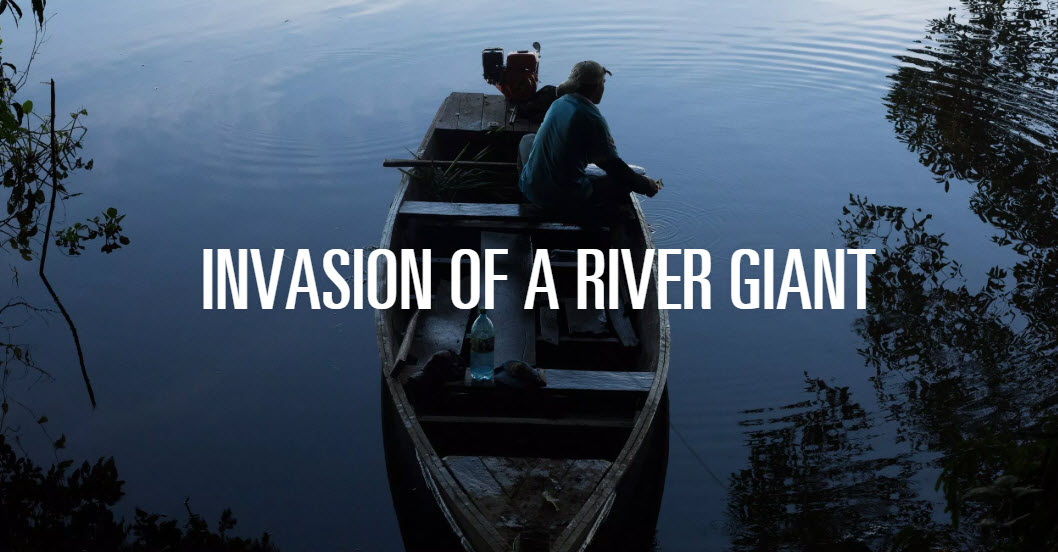It was a stifling spring morning in northern Bolivia and the Rio Negro, a narrow river in the Amazon, threaded its way sluggishly between tall stands of trees. Clouds of butterflies—orange, green, and white—lifted off from the riverbanks to float like confetti around our ten-foot canoe. The sound of the outboard motor echoed off the low embankments while blue and red macaws drifted back and forth between the high branches overhead.
I’d boarded the launch hours before in the village of Las Peñitas with the Mexico City-based photojournalist, Felipe Luna, two local fishermen, and two men from the town of Rurrenabaque, the nearest major settlement, ten hours away by road on a good day.
Waldo Sosa, from Las Peñitas, manned the motor, while Erick Martínez, a merchant from Rurrenabaque, and Savaraín Suárez, the president of a regional fishermen’s association, sat low in the hull with our camping gear. Juan Galvo, the 35-year-old head of Las Peñitas’ fishing association, stood at the helm, watching the still murky surface of the river for the occasional burst as something big thrashed up from below then, just as quickly, disappeared.
This, he told us, was paiche. Read the entire article here
